With the advancement of sports science and footwear manufacturing technology, the design of sports shoes has gradually developed from traditional standardized production to personalized and scientific direction. As a precise measurement tool, foot scanners can provide detailed foot data, provide strong support for the optimization of sports shoe design, and ensure the improvement of comfort, support and sports performance.
1. The role of foot scanners in sports shoe design
Foot scanners use 3D scanning, laser ranging or pressure sensing technologies to accurately collect information such as foot shape and size, and provide data support for sports shoe design. The main functions include:
Accurately measure foot size: obtain key dimensions such as foot length, foot width, arch height, instep height, etc., to ensure that the shoe size design meets the needs of different groups of people.
Identify gait characteristics: detect foot shape (such as normal foot, high arch, flat foot) and gait pattern (such as internal rotation, external rotation), and adjust the shoe last and sole support structure.
Improve the matching degree of shoe last: optimize the shoe last structure according to the characteristics of different foot shapes, and provide a more fitting shoe space design.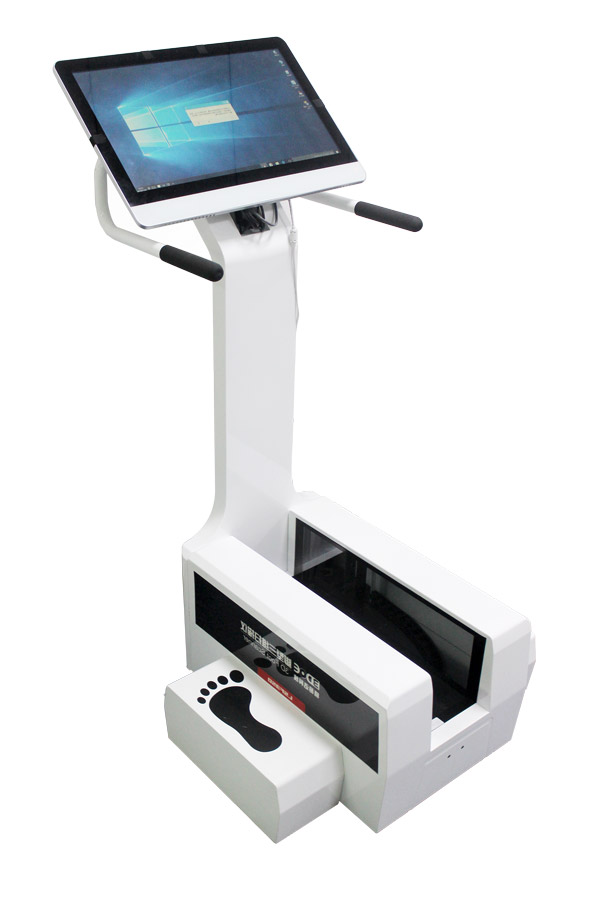
2. Optimization direction of personalized sports shoe design
Based on the data of foot scanner, sports shoe design can be optimized in the following aspects:
(1) Optimization of sole structure: Enhanced cushioning and support
For those with collapsed arches, strengthen the arch support structure to avoid excessive fatigue during exercise.
For those with high arches, increase the stability area of the sole to reduce the risk of injury caused by unstable feet.
(2) Adjustment of shoe last and upper: Improve comfort
According to the foot width data, adjust the width of the shoe last to avoid squeezing or looseness and improve fit.
Adjust the wrapping of the upper according to the height of the instep, optimize the shoelace system or use elastic upper material.
For different types of sports (such as running, basketball, football), optimize the height of the shoe mouth to improve ankle support or flexibility.
3. Future development trend: intelligent customization and 3D printing sports shoes
With the development of foot scanning technology, sports shoe design is moving towards intelligence and customization:
3D printing personalized soles: According to the scanning data, 3D printing exclusive soles provide more accurate cushioning and support.
Smart sports shoes: Combined with sensors, real-time monitoring of movement status, adjustment of sole support strength, and improvement of sports performance.
AI intelligent design: Using big data analysis to match the best shoe last and material combination for different foot types to achieve true personalized customization.
The application of foot scanners has promoted the transformation of sports shoe design from traditional experience manufacturing to scientific and personalized. Through precise measurement and data analysis, the soles, shoe lasts, and support structures are optimized, which not only improves sports comfort, but also reduces the risk of sports injuries.
In the future, with the development of 3D printing and intelligent technology, sports shoes will be more in line with individual foot characteristics, bringing more professional wearing experience to athletes and ordinary consumers.

 +86-0755-86131192
+86-0755-86131192 2025-03-12
2025-03-12 Back to list
Back to list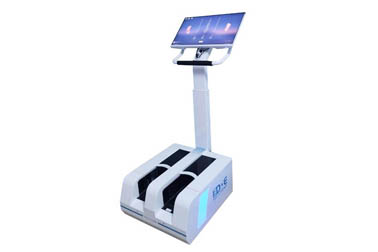
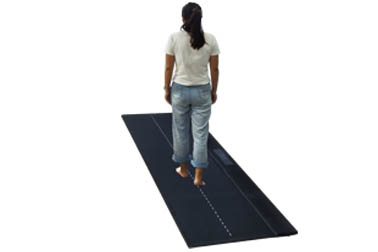
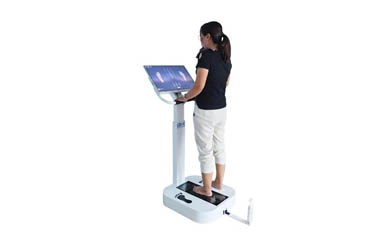
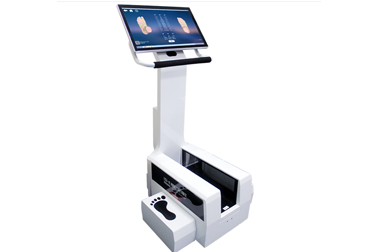
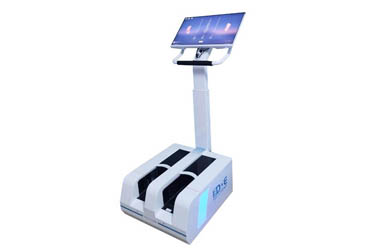
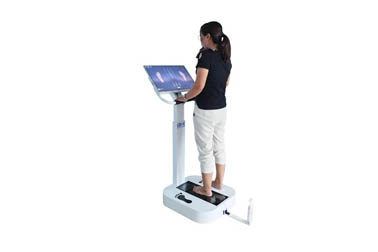



 +86-0755-86131192
+86-0755-86131192